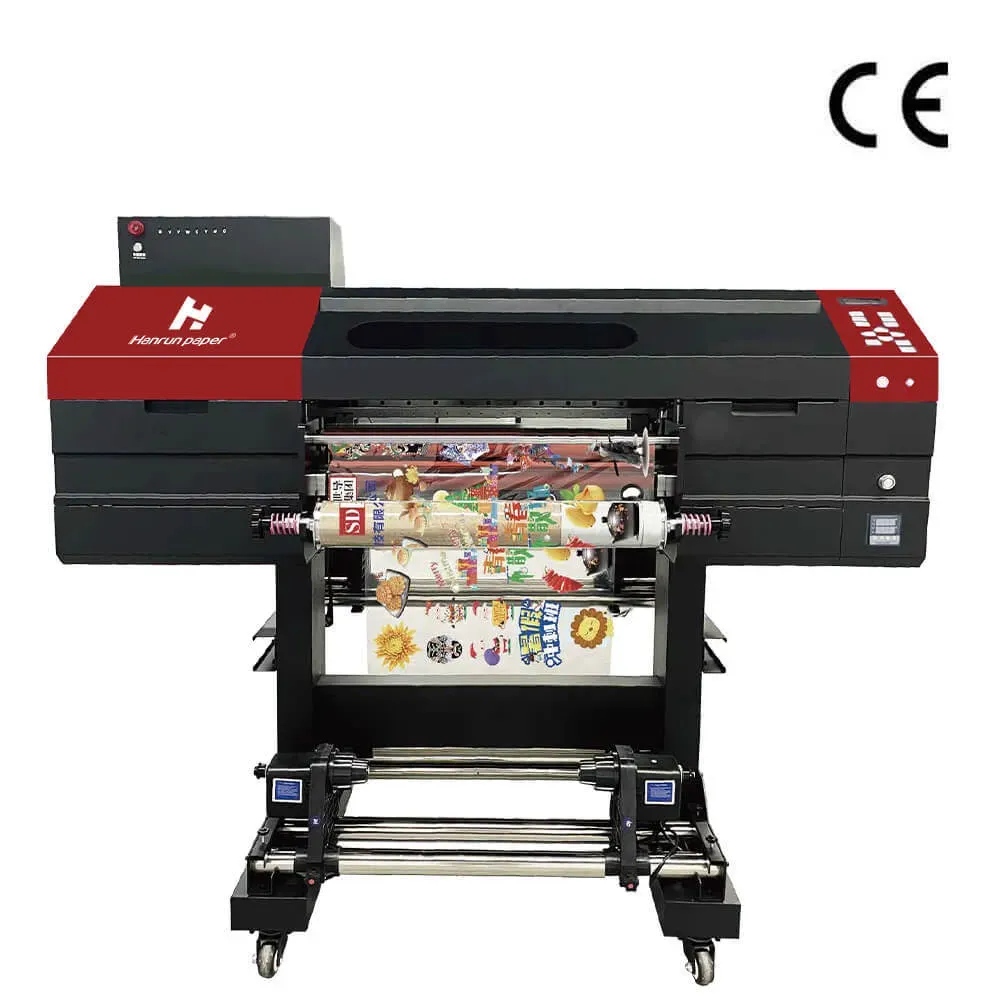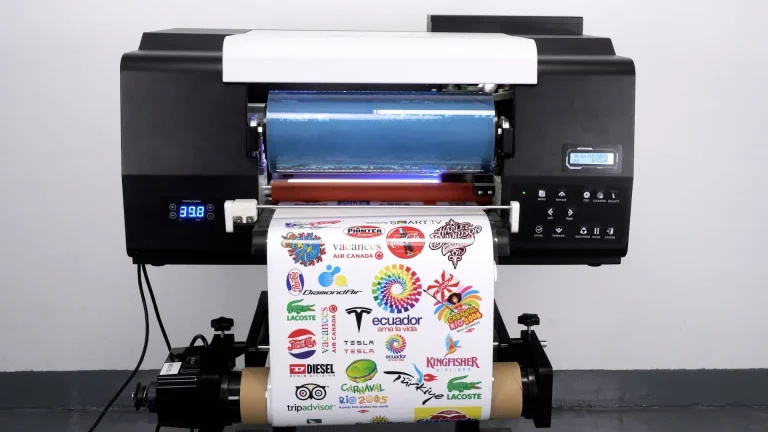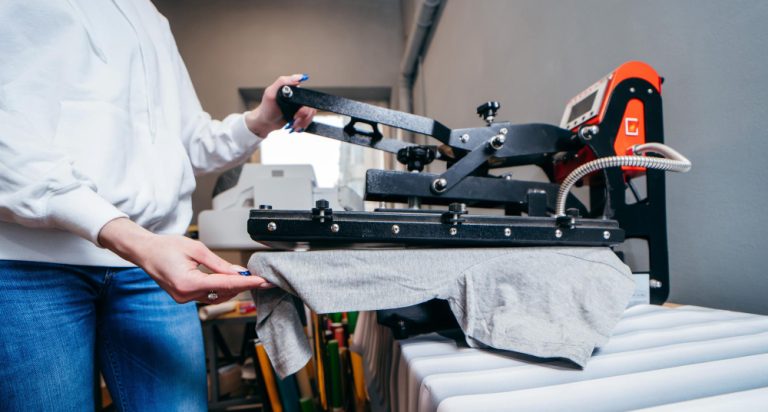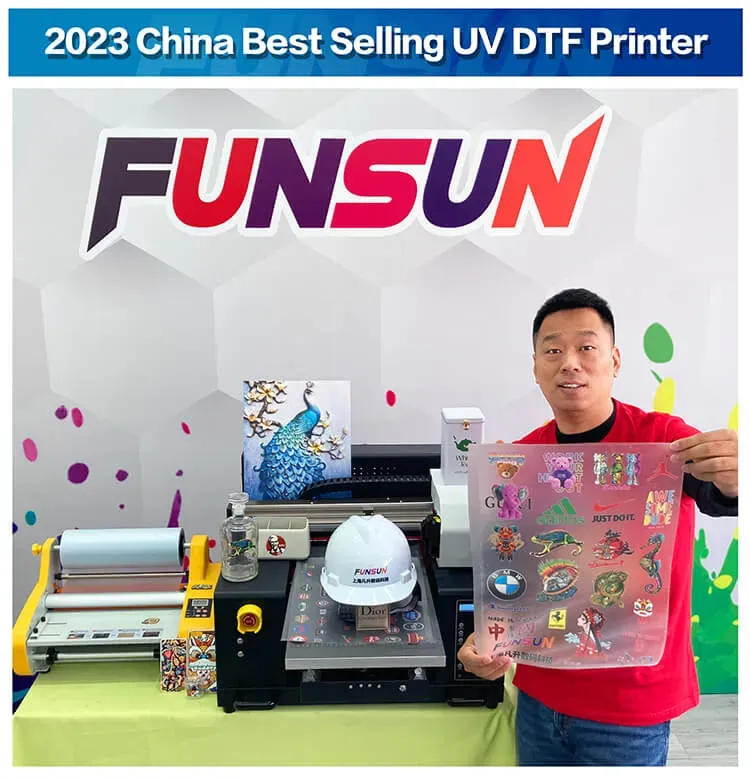UV DTF printing, or UV Direct to Film printing, stands at the forefront of modern printing technologies, dramatically transforming how we create vibrant, durable designs. This innovative technique employs ultraviolet light to cure the ink almost instantaneously, ensuring high-quality output that meets the demands of today’s competitive market. Among its numerous advantages, UV DTF printing excels in delivering exceptional quality, unmatched versatility across materials, and remarkable efficiency that traditional printing methods simply cannot match. Businesses leveraging UV DTF technology can enjoy stunning visuals that capture attention while also benefiting from faster turnaround times that enhance operational productivity. As we delve into this discussion, we will uncover the key benefits of UV DTF, exploring why it is quickly becoming the preferred choice for printing professionals worldwide.
Known alternatively as ultraviolet direct-to-film printing, this advanced method combines traditional and digital printing techniques to offer a superior product. By using UV light for curing, this technology not only improves the quality of prints but also allows them to adhere to an extensive variety of substrates, from textiles to metals and plastics. The remarkable efficiency of this printing process means that businesses can execute intricate designs quickly and with minimal waste, thus optimizing their production capabilities. Furthermore, as this technology evolves, it incorporates eco-friendly inks, catering to the growing demand for sustainable printing practices. Overall, the distinctive features of this versatile printing method position it as a game changer in the printing industry.
Understanding the Basics of UV DTF Printing
UV Direct to Film (DTF) printing represents a significant advancement in the printing industry, merging traditional and contemporary methodologies. This technique employs ultraviolet light to instantly cure the ink as it adheres to various substrates, resulting in prints that are vibrant, detailed, and long-lasting. Unlike conventional methods, which often require additional drying time and may lead to imperfections such as blurring or fading, UV DTF offers an almost instantaneous finish, enhancing both the efficiency of the process and the quality of the output.
Additionally, UV DTF’s capacity to print on a wide variety of materials — from textiles to metal and wood — showcases its adaptability. This versatility empowers businesses to explore new product lines without necessitating the purchase of different printing equipment, ultimately leading to cost savings and a broader market reach. As such, understanding the fundamentals of UV DTF is essential for any business aiming to stay competitive and responsive in today’s dynamic printing landscape.
Quality Benefits of UV DTF Printing
One of the most compelling advantages of UV DTF printing is its unparalleled print quality. The technology is engineered to deliver high-resolution images with brilliant colors and precise detail, making it ideal for applications that demand exceptional aesthetics, such as branding materials and promotional items. The immediate curing process not only preserves the integrity of the print but also enhances its durability, ensuring that the finished products can withstand various environmental challenges.
Furthermore, UV DTF prints are less susceptible to common issues encountered in traditional printing, such as ink smudging or fading over time. This reliability is a significant advantage for businesses that prioritize longevity and visual appeal in their products. As companies increasingly shift towards high-quality, visually striking offerings, UV DTF technology stands out as a superior choice that meets and exceeds these expectations.
The Versatile Nature of UV DTF
UV DTF printing distinguishes itself through its remarkable versatility. Unlike other printing techniques that may be limited to specific materials, UV DTF can adeptly print on a wide range of surfaces, including rigid and flexible substrates like plastics, glass, and metals. This characteristic allows businesses to diversify their product offerings, catering to various customer needs while maintaining high-quality output across different mediums.
Moreover, this adaptability extends beyond just material choices; it also encompasses design possibilities. From vibrant graphics to intricate patterns, UV DTF allows for complex designs that can be executed efficiently. This versatility not only enhances creative freedom but also provides businesses with the agility to respond swiftly to market trends and customer demands, ultimately driving sales and brand loyalty.
Efficiency Advantages of UV DTF Technology
In today’s fast-paced economy, efficiency is paramount. UV DTF printing significantly enhances production efficiency compared to traditional methods by enabling faster print speeds and reduced cure times. The technology’s capability to print multi-layer designs in a single pass streamlines workflows, allowing businesses to fulfill larger orders quickly and meet tight deadlines without compromising on quality.
Moreover, the reduced energy consumption associated with quicker production cycles contributes to cost savings, making UV DTF an economically viable choice for businesses aiming to improve their bottom line. By adopting this efficient technology, companies not only enhance their operational capabilities but also position themselves to better serve an increasingly demanding customer base.
Market Trends in UV DTF Printing
The rise of UV DTF printing is notable across various sectors, including custom merchandise, signage, and high-end décor. As consumer preferences evolve, there is a growing demand for products that are not only visually appealing but also durable and unique. Businesses that embrace UV DTF technology are better equipped to align with these market trends, offering high-quality items that stand out in a crowded marketplace.
Moreover, as sustainability becomes a key concern for consumers, the eco-friendly aspects of UV DTF printing — such as reduced waste and lower energy consumption during production — allow businesses to capitalize on this trend. By integrating UV DTF technology into their operations, companies demonstrate a commitment to environmental stewardship while enhancing their market competitiveness.
Technological Innovations in UV DTF Printing
Recent technological innovations have propelled UV DTF printing forward, resulting in improved ink formulations and printer designs that enhance the overall printing process. The introduction of eco-friendly UV inks has resonated well with environmentally conscious consumers and businesses alike, catering to the rising demand for sustainable printing solutions. These advancements are crucial for ensuring the continued relevance and appeal of UV DTF technology in an ever-evolving market.
Additionally, innovations in curing technologies contribute to the effectiveness of UV DTF printing, allowing for increased production speed and enhanced print quality. As manufacturers continue to invest in research and development, these improvements will likely lead to even greater capabilities and applications for UV DTF, keeping it at the forefront of modern printing solutions.
Frequently Asked Questions
What are the main advantages of UV DTF printing?
The main advantages of UV DTF printing include exceptional print quality, versatility in application across various materials, and high efficiency in production. This technology delivers vibrant colors and sharp images due to instant curing with UV light, allowing businesses to produce durable prints that stand the test of time.
How does UV DTF printing ensure high-quality results?
UV DTF printing ensures high-quality results thanks to its advanced curing process. The ink is cured immediately upon printing, leading to vibrant colors, enhanced details, and reduced risk of issues such as smudging. This results in prints that are not only visually stunning but also resilient against environmental conditions.
Why is UV DTF printing considered versatile?
UV DTF printing is considered versatile because it can print on a wide range of substrates, including wood, metal, glass, and plastics, in addition to fabrics. This adaptability allows businesses to diversify their product offerings without needing multiple printing technologies, making UV DTF a smart choice for a variety of markets.
What makes UV DTF technology more efficient than traditional printing methods?
UV DTF technology is more efficient than traditional printing methods due to its faster print speeds and quick curing times. This allows for complex designs to be printed in one pass and enables shorter order turnaround times, greatly enhancing a company’s operational efficiency.
What role does UV DTF printing play in sustainable practices?
UV DTF printing plays a role in sustainable practices by incorporating eco-friendly UV inks and reducing waste through its efficient production processes. Businesses utilizing UV DTF can meet consumer demands for high-quality, durable products while also adhering to environmentally responsible practices.
How does UV DTF printing cater to market trends and consumer preferences?
UV DTF printing caters to market trends and consumer preferences by offering high-quality, durable prints that resonate with the demands for customization and versatility. As industries evolve, UV DTF technology allows businesses to quickly adapt their offerings to meet changing consumer desires, solidifying their market position.
| Key Point | Description |
|---|---|
| Quality | UV DTF printing produces high-definition images with vibrant colors and sharp details. The instant curing process minimizes the risk of blurring or smudging, and UV-cured prints exhibit durability against sunlight, moisture, and abrasion. |
| Versatility | Unlike traditional methods limited to fabrics, UV DTF can print on various materials including wood, metal, glass, and plastics, allowing businesses to expand product offerings without investing in multiple printer types. |
| Efficiency | The technology allows for faster printing with quicker curing times, leading to shorter order turnaround times. This efficiency helps businesses increase output without compromising quality. |
| Market Trends | The demand for UV DTF is growing across sectors like custom apparel and promotional products, driven by the need for high-quality prints and efficient production processes that reduce waste. |
| Technological Innovations | Advancements in ink formulas and printer designs, alongside eco-friendly UV inks, are enhancing the effectiveness of UV DTF while addressing the consumer preference for sustainable practices. |
Summary
UV DTF printing is a revolutionary technology that offers significant advantages in today’s printing industry. With its ability to produce high-quality, durable prints across a variety of materials, UV DTF not only meets but exceeds the expectations of businesses and consumers alike. The remarkable efficiency of this technology translates to faster production times, enabling businesses to stay competitive in a fast-paced market. As the industry evolves, UV DTF continues to lead with innovative solutions that fulfill the growing demand for versatile and eco-friendly printing methods. Embracing UV DTF can elevate your printing capabilities and ensure sustained success in an ever-changing environment.







